
What Your Urine Color Says About Your Health: A Comprehensive Guide
Urine color is one of the easiest ways to gauge your hydration levels and can even offer insights into your overall health. A quick glance at your urine can reveal much about how well your body is functioning. While we’re all familiar with the general advice of staying hydrated, did you know that your urine’s hue can provide valuable clues about your body’s well-being?
In this article, we explore the significance of various urine colors, what they might indicate about your health, and when to consult a healthcare provider. Understanding your body’s natural signals can help you take proactive steps towards a healthier lifestyle.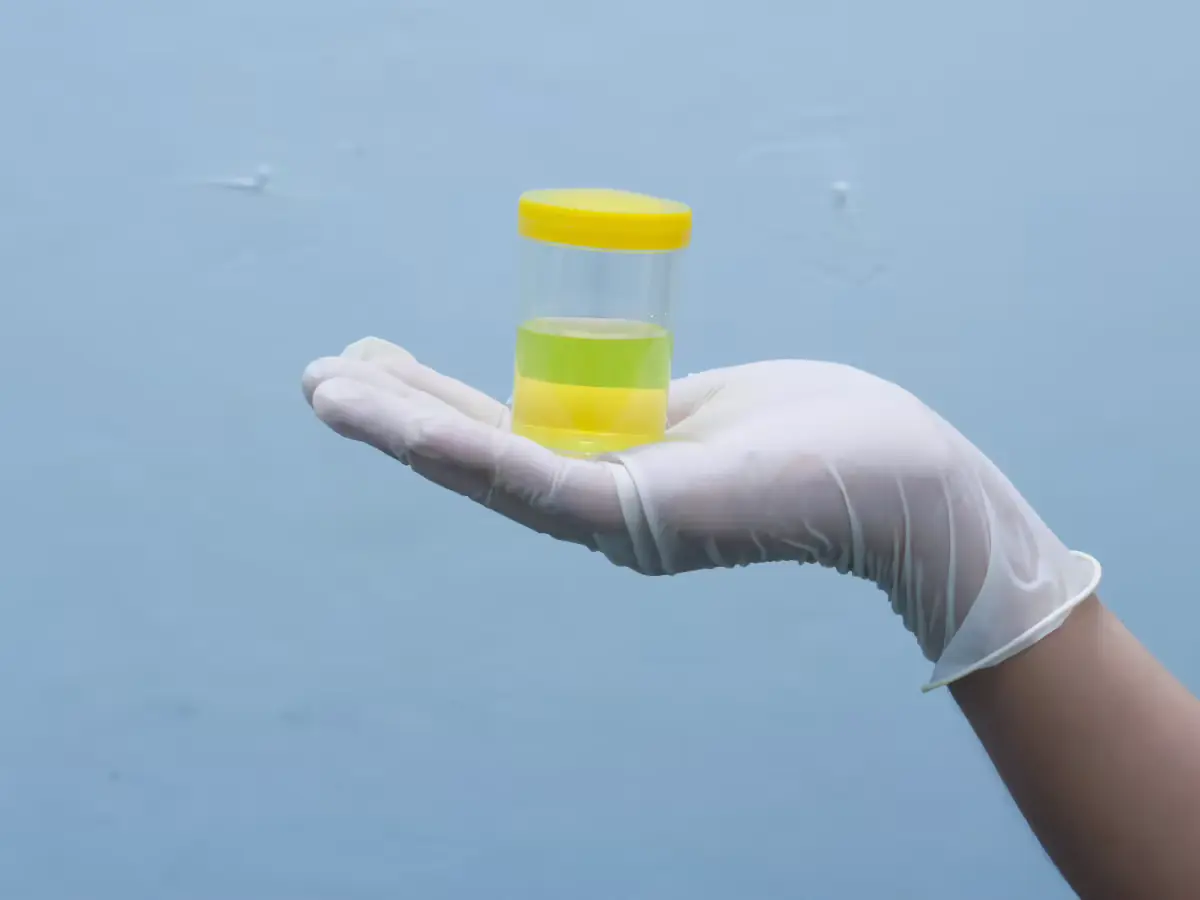
The Basics: How Much Should You Pee Each Day?
Humans typically lose two to three liters of water daily through sweat, urine, and breathing, according to Dr. Dana Cohen, a hydration expert and co-author of Quench. Although the popular recommendation of drinking eight glasses of water per day is often cited, Dr. Cohen emphasizes that hydration needs vary from person to person.
To determine if you're properly hydrated, she suggests paying attention to your urine output: "We are meant to urinate every two to three hours while awake. If you're not doing that, you're likely not hydrating enough."
What Your Urine Color Means: A Color-Coded Guide
Urine should ideally be clear to pale yellow. However, it’s not always that simple. Urine color can vary, and sometimes it can be a signal of underlying health conditions. Let’s break down the possible urine colors and their meanings.

1. Neon Yellow Urine
If your urine is bright yellow, it’s most likely due to excessive vitamin B12 supplementation. While the body can absorb low doses of vitamin B12 efficiently, high doses—such as those exceeding 1,000 mcg—may overwhelm your system, causing the excess to be excreted in your urine. If you notice neon yellow urine and suspect vitamin B12 overload, try reducing your dosage to see if the color returns to normal.
2. Electric Orange Urine
An electric orange hue in your urine can be attributed to high consumption of vitamin A-rich foods like carrots and mangos. Certain medications, such as those for urinary tract infections (e.g., phenazopyridine), can also cause this orange tint. While the color change is harmless, it’s a good idea to stay hydrated and monitor if it fades after a few days.
3. Amber or Brown Urine
Amber-colored or tea-colored urine can be a sign of dehydration, as concentrated urine tends to darken. Drinking a large amount of water should help restore its usual pale yellow color.
However, if the amber color persists despite proper hydration, it may be a sign of liver disease, especially if accompanied by other symptoms like yellow skin or eyes (jaundice). For women, especially those over 40, this could also indicate nonalcoholic fatty liver disease (NAFLD). It's essential to see a doctor if this color persists.
4. Red Urine
Red urine is often caused by eating beets, rhubarb, or blackberries, which contain pigments that can change urine color. However, if there is blood in the urine, it could indicate kidney disease, kidney stones, or a urinary tract infection (UTI). Dr. Michael Breus, clinical psychologist and author of Sleep Drink Breathe, advises seeing a doctor if the red hue persists or is accompanied by pain.
5. Green Urine
If your urine appears green, it might be due to asparagus, which is known to cause a slight green tint. Certain medications, including some used for arthritis or anesthesia, can also cause a greenish hue. In most cases, this is temporary and harmless.
6. Blue Urine
Blue urine may sound unusual, but it's generally caused by medications for acid reflux or ulcers. Some antibiotics and the antidepressant amitriptyline can also turn urine blue. Food coloring in certain processed foods may be another cause. Although rare, blue urine is generally not a cause for concern unless it persists, in which case it’s advisable to consult your doctor.
What About Cloudy Urine?
If your urine appears cloudy or has a strong odor, it could be a sign of crystalluria—the presence of oxalate crystals. This condition is often linked to a high oxalate diet (from foods like spinach, almonds, and sweet potatoes) and can lead to discomfort, fatigue, or stomach pain in sensitive individuals. If cloudy urine persists, it’s essential to consult a healthcare professional to rule out any underlying issues.
When to Seek Medical Advice
While changes in urine color can be harmless and linked to factors like hydration or diet, persistent or severe changes should not be ignored. If you notice any of the following symptoms, it’s time to consult a doctor:
-
Red or dark brown urine that doesn’t resolve with hydration
-
Cloudy or foul-smelling urine lasting for days
-
Painful urination or blood in the urine
-
Yellowing skin or eyes (jaundice)
Conclusion: Understand Your Urine for Better Health
Urine color is an important indicator of your health and hydration status. By understanding the meanings behind different colors, you can monitor your hydration and spot potential health issues early. If you notice any unusual or persistent changes in urine color, especially in combination with other symptoms, don’t hesitate to consult a healthcare provider for an evaluation.
Credit
This article is based on insights from Dr. Michael Breus, clinical psychologist and author of Sleep Drink Breathe, and hydration expert Dana Cohen, MD. For more health information and tips, consult trusted health sources like WebMD and the Mayo Clinic.
News in the same category


36-Year-Old Teacher Passed Away From Diabetes Doctors Say Was Triggered By Everyday Foods
Diabetes is a dangerous condition with numerous complications, and diet is a key factor.

Experts issue urgent warning about terrifying hidden symptom from taking Mounjaro and Ozempic
Experts have issued an urgent warning about a symptom that can come to light from taking drugs such as Mounjaro and Ozempic.

The Benefits of Epsom Salt Foot Soak: A Natural Remedy for Foot Pain and Health
Discover the health benefits of Epsom salt foot soaks, including pain relief, exfoliation, fungal infection treatment, and more. Learn how to safely use Epsom salt for foot health.

What Causes Blue Veins? Understanding the Reasons and When to Seek Help
Blue or green veins are common, but when should you worry? Learn the possible causes of visible veins, from genetics to lifestyle factors, and when it may indicate a medical condition.

7 Early Warning Signs of Diabetes You Shouldn’t Ignore: Act Now for Better Health
Learn about 7 early warning signs of diabetes that could be easily overlooked. Early detection can help manage diabetes, prevent complications, and improve quality of life. Read on for expert insights.
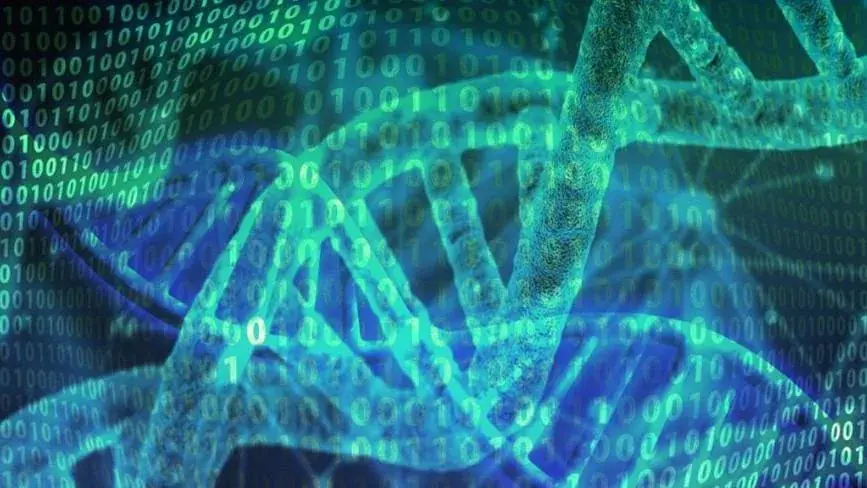
Genetic Link Between Endometriosis and Autoimmune Diseases Revealed in New Study
A new study has identified a shared genetic link between endometriosis and autoimmune conditions. Women with endometriosis are at a higher risk for diseases like rheumatoid arthritis, multiple sclerosis, and psoriasis.

People Warned to See a Doctor After Sharing Photo of Concerning Dark Line on Finger
A Reddit user received warnings to see a doctor immediately after posting an image of a dark line on their finger. Learn about melanonychia and why nail discoloration can be a serious health concern.
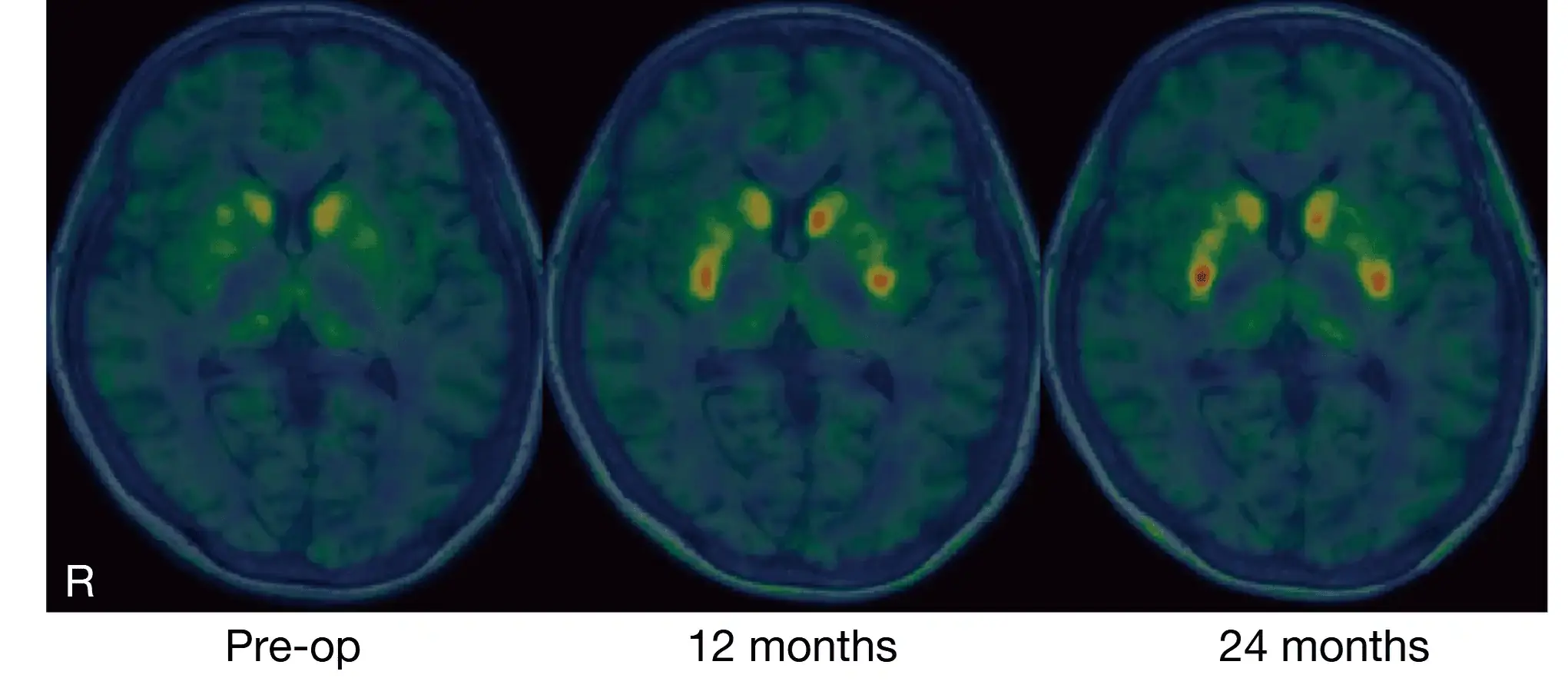
Breakthrough in Parkinson’s Treatment: Japanese Scientists Successfully Implant Lab-Grown Brain Cells
Japanese researchers have made a groundbreaking discovery in Parkinson’s treatment using lab-grown brain cells. Early results from the clinical trial show promising improvements in movement and dopamine production.

4 Simple Steps to Cool Your Home Faster and Save on Electricity Before Turning on the Air Conditioner

3-Blade vs. 5-Blade Fans: Which Cools Better? The Truth Behind Common Misconceptions

The Alarming Rise of Bowel C@ncer in Young Adults: Is Your Diet to Blame

United Airlines Passenger Punches Gate Agent, Kn0cking Them Out

Should You Close or Leave the Toilet Lid Open After Use? 90% of People Get It Wrong — Here's Why Your Bathroom Always Smells

4 Everyday Foods That Fuel C@ncer Cells
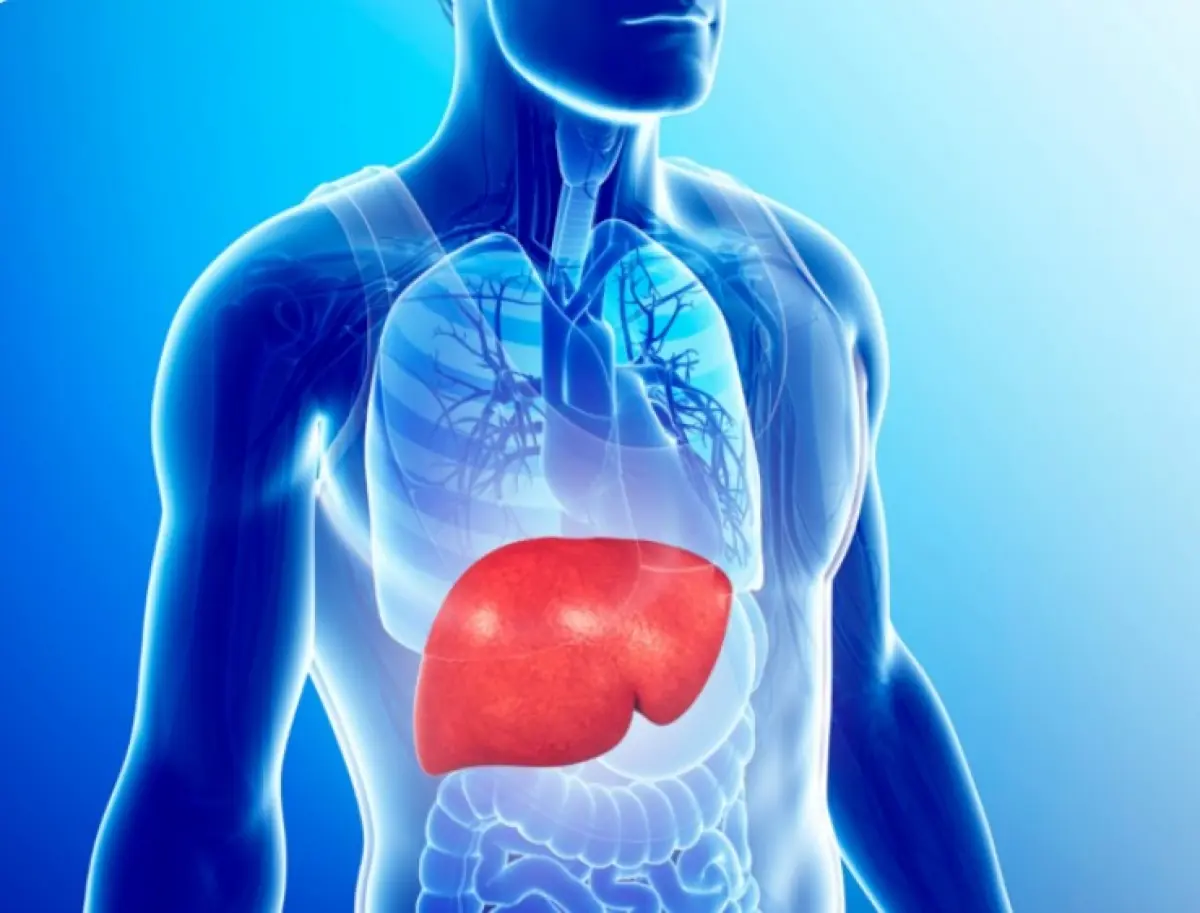
Fatty Liver Disease: A Silent Pathway to Liver C@ncer

The Hidden Purpose of the Pocket in Women's Underwear: More Than Just a Design Feature
In actuality, the "pocket" in women's underwear is actually a gusset, which serves a number very valid purposes.

This quick 'cup of tea' test could be a simple way to spot early signs of dementia in a loved one

A doctor has revealed a simple thumb test that can uncover a "ticking time b0mb" heart condition

Avocados are incredibly healthy, if using them incorrectly in these 3 common ways could actually have adverse effects
News Post

The Woman Who Walked Away: A Journey of Self-Discovery and Empowerment
A powerful tale of self-realization as Alina breaks free from a toxic relationship, finding strength and confidence after a painful breakup. Discover how she chooses her own path towards happiness and independence.

Silent Signals: Recognizing the Subtle Symptoms of Pancreatic C@ncer

The Earring in the Passenger Seat: A Suspicious Find Leads to a Truthful Confrontation
A woman finds a sh0cking truth after discovering a mysterious child’s drawing in her fiancé’s car. Suspicion, betrayal, and secrets unravel as she confronts him, ultimately deciding the fate of their relationship.

Am I Wrong for Not Laughing at My Fiancé's "Jokes" About Calling Off Our Wedding?
A bride-to-be is questioning her relationship after her fiancé repeatedly jokes about calling off their wedding. What happens when humor crosses the line into hurtful behavior?

36-Year-Old Teacher Passed Away From Diabetes Doctors Say Was Triggered By Everyday Foods
Diabetes is a dangerous condition with numerous complications, and diet is a key factor.

Experts issue urgent warning about terrifying hidden symptom from taking Mounjaro and Ozempic
Experts have issued an urgent warning about a symptom that can come to light from taking drugs such as Mounjaro and Ozempic.

The Benefits of Epsom Salt Foot Soak: A Natural Remedy for Foot Pain and Health
Discover the health benefits of Epsom salt foot soaks, including pain relief, exfoliation, fungal infection treatment, and more. Learn how to safely use Epsom salt for foot health.

What Causes Blue Veins? Understanding the Reasons and When to Seek Help
Blue or green veins are common, but when should you worry? Learn the possible causes of visible veins, from genetics to lifestyle factors, and when it may indicate a medical condition.

DIY Rice Cream for Radiant, Youthful Skin: The Japanese Secret to Erasing Wrinkles & Fine Line
With its powerful combination of rice, almond oil, and vitamin-rich ingredients, this rice cream provides nourishment, hydration, and antioxidant protection to your skin.

7 Early Warning Signs of Diabetes You Shouldn’t Ignore: Act Now for Better Health
Learn about 7 early warning signs of diabetes that could be easily overlooked. Early detection can help manage diabetes, prevent complications, and improve quality of life. Read on for expert insights.

5 Homemade Skin Toners for Smooth, Glowing Skin: Natural Remedies for Every Skin Type
By incorporating these toners into your daily routine, you can expect healthier, brighter, and more balanced skin without the use of harsh chemicals.

Genetic Link Between Endometriosis and Autoimmune Diseases Revealed in New Study
A new study has identified a shared genetic link between endometriosis and autoimmune conditions. Women with endometriosis are at a higher risk for diseases like rheumatoid arthritis, multiple sclerosis, and psoriasis.
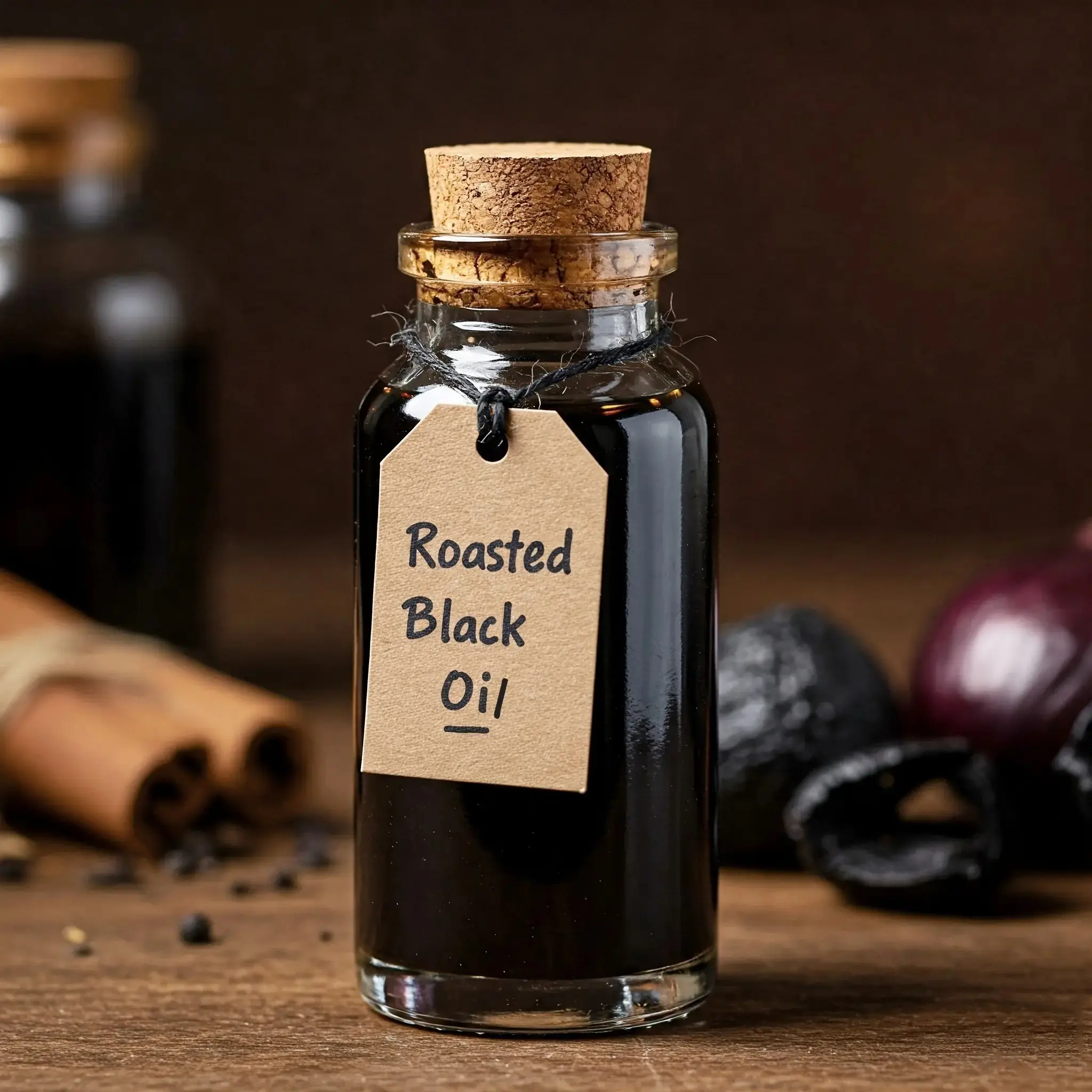
Roasted Onion Peel and Garlic Peel Remedies for Grey Hair: Natural Solutions for Dark, Vibrant Hair
. Roasted onion peel and garlic peel offer effective, safe, and natural alternatives that can help you combat grey hair and restore youthful vitality.

People Warned to See a Doctor After Sharing Photo of Concerning Dark Line on Finger
A Reddit user received warnings to see a doctor immediately after posting an image of a dark line on their finger. Learn about melanonychia and why nail discoloration can be a serious health concern.

Breakthrough in Parkinson’s Treatment: Japanese Scientists Successfully Implant Lab-Grown Brain Cells
Japanese researchers have made a groundbreaking discovery in Parkinson’s treatment using lab-grown brain cells. Early results from the clinical trial show promising improvements in movement and dopamine production.

4 Simple Steps to Cool Your Home Faster and Save on Electricity Before Turning on the Air Conditioner

Effective Cumin Seed Detox Tonic for Belly Fat Reduction: Your Ultimate Guide to a Flatter Midsection
The cumin seed detox tonic is a natural, easy-to-make remedy that can help accelerate belly fat loss, improve digestion, and enhance overall health.

3-Blade vs. 5-Blade Fans: Which Cools Better? The Truth Behind Common Misconceptions

The Alarming Rise of Bowel C@ncer in Young Adults: Is Your Diet to Blame
